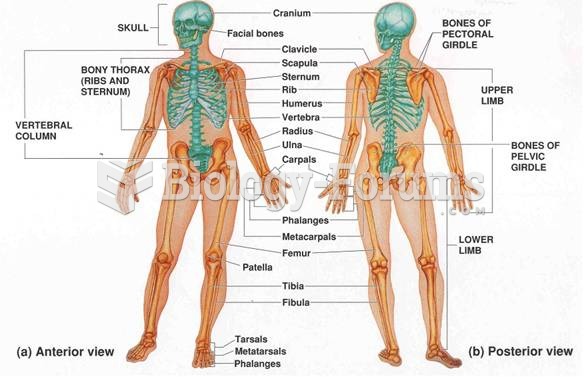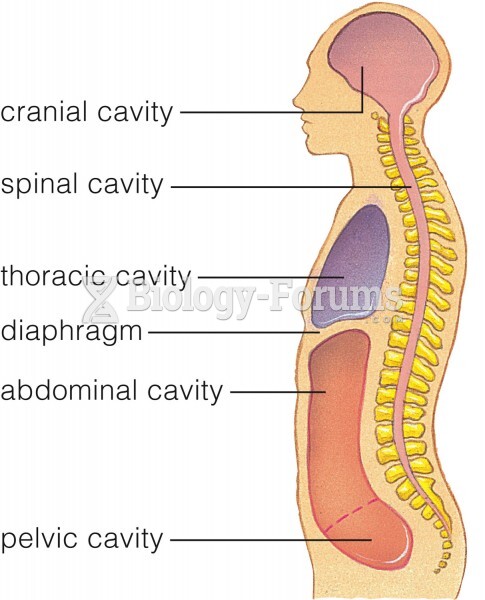|
|
|
Human stomach acid is strong enough to dissolve small pieces of metal such as razor blades or staples.
On average, the stomach produces 2 L of hydrochloric acid per day.
More than 30% of American adults, and about 12% of children utilize health care approaches that were developed outside of conventional medicine.
By definition, when a medication is administered intravenously, its bioavailability is 100%.
There used to be a metric calendar, as well as metric clocks. The metric calendar, or "French Republican Calendar" divided the year into 12 months, but each month was divided into three 10-day weeks. Each day had 10 decimal hours. Each hour had 100 decimal minutes. Due to lack of popularity, the metric clocks and calendars were ended in 1795, three years after they had been first marketed.







